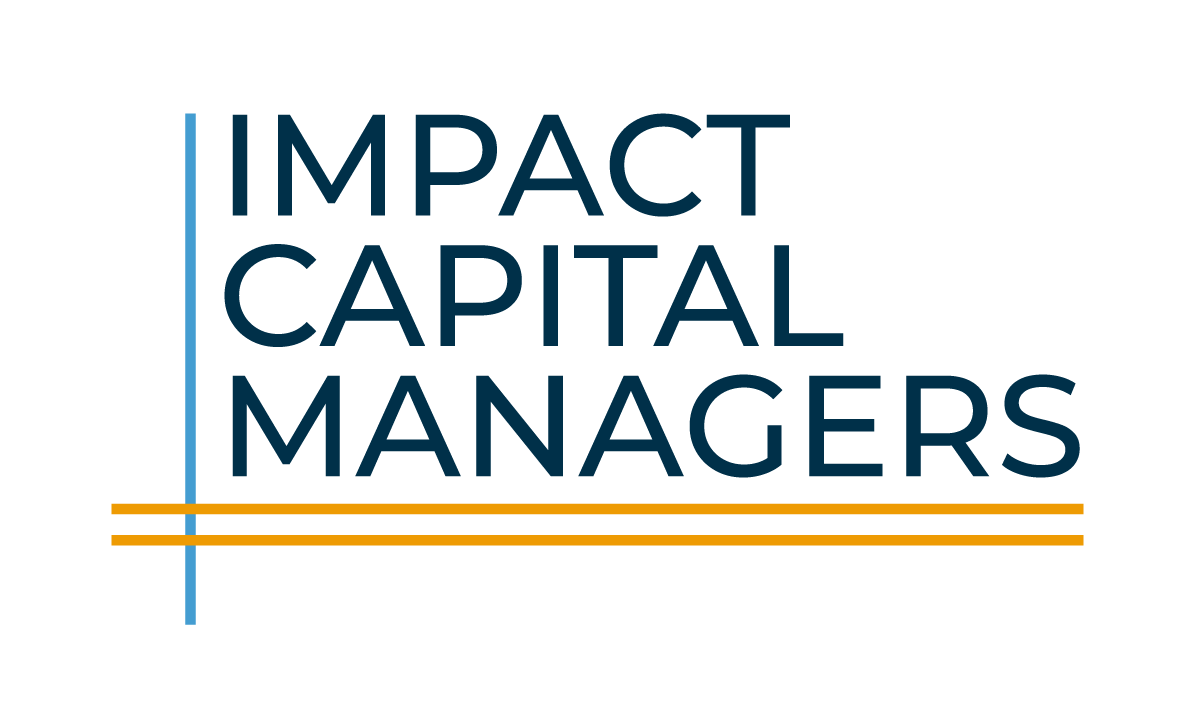Over the past weeks, ImpactAlpha offered a sampling of video highlights from the new open-access course from Impact Frontiers and Impact Capital Managers, Impact for Decision-Making: An Online Curriculum on Impact-Financial Integration, with commentary from the creators.
Here we present the final chapter, pulling together what we have learned so far into an integrated analysis.
What is ‘integrated analysis’?
In the last post, we asked the question “Which investments have more impact?” – implying that, all else equal, we’d want to do the investments with the highest impact.
Of course, all else is not equal. Some investments offer lower financial risk and/or higher financial return than others. Impact deserves a place at the decision-making table, but it will never be the sole driver of decision-making. Organizations need to also consider factors like cost, risk, operational complexity, and so forth.
Integrated analysis is how investors bring together impact and financial considerations to inform decision-making in light of both.
We often use ‘integrated scatterplots’ as an illustrative example of integrated analysis. On an integrated scatterplot, the x-axis refers to an investment’s expected or actual impact performance (typically measured via an impact rating or score), and the y-axis refers to its expected or actual financial performance. This helps investors identify investment opportunities that offer outsized impact for a given level of financial risk and return, and vice versa.
The example below shows how one investor used her integrated scatterplot to decide which funds to sell (in orange), which to hold (in blue), and which to buy (in yellow).
Example Integrated Scatterplot
Why does it matter?
Integrated analysis helps investors avoid leaving impact, financial returns, or both on the table.
Given the marked shortage of investment in many of the most pressing social and environmental challenges that we face today, integrated analysis can play a critical role in helping investors allocate resources as efficiently and effectively as possible.
Next steps
Module 13 surveys some (but certainly not all!) of the different types of integrated analysis that investors can use.
Now it’s your turn! Visit the open-access Online Curriculum and pick a view videos to watch – or work your way through all of them – then start a conversation at your own organization about how you might pull impact out of its ‘silo’ and integrate it with financial risk and return to drive decision-making.
Impact Capital Managers Perspective
By this point in our curriculum, impact and financial data begin creating a cohesive image. But integrated data is only as useful as it is equipping fund managers to make decisions that improve performance in each domain. At ICM, while our member funds share the goals of seeking risk-adjusted market-rate returns alongside meaningful impact, the spectrum of impact theses, priorities, stages of investment, and size of fund mean members have unique needs and face diverse decisions. That is true of the wider impact investing industry as well.
Integrated scatterplot analysis of financial and impact data has the flexibility to be put to wide-ranging uses: assessing correlations between impact and financial performance factors, setting an integrated financial and impact hurdle rate, and so much more. We were inspired by the examples shared in this curriculum module of different funds using and adapting the tool to guide strategic decisions.
For instance, ICM member Katharine Hersh, a partner at the Builders Fund, shared about the firm’s experience:
“The collinearity of business growth and impact aligns stakeholder incentives and is core to the Builders Fund approach. Through our participation in the ICM Impact frontiers cohort, we iterated tools that integrate impact and financial criteria into our diligence process, enabling us to systematically assess across both sets of criteria, prioritize deals with promising impact and financial performance indicators, and evaluate the trajectory of existing investments.”
Like ICM’s impact measurement and management (IMM) expectations for our members—our “Fundamentals”, which requires funds to meet a high but achievable bar for their IMM practice—the impact-financial integration resources in the curriculum aren’t “plug and play” tools, but rather are process-oriented, adaptable guides.
We hope this curriculum shows that the process can be just as beneficial as the end destination. Grappling with questions like how to weight different impact components into a cohesive impact score or where a hurdle rate should be on the impact/financial scatterplot can cast a clarifying light on implicit assumptions and definitions, and foster greater cohesion within an investment team and bring a newfound clarity to decision-making.
Finally, in the evolving frontier of impact and financial integration, each fund has the opportunity to contribute new ideas about how these tools can be wielded to the collective advancement of the impact investing industry. At ICM, we know that improving the industry’s practices in impact and financial integration is a collaborative process. We appreciate you coming along on this journey with us, and we look forward to hearing what you uncover as you put these tools in action.











